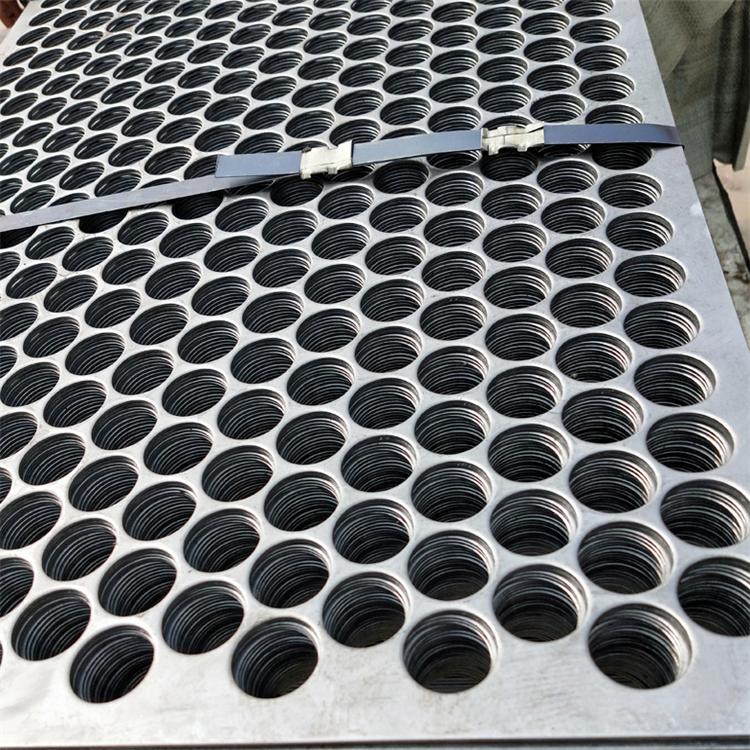The Evolution of Noise Barrier Tunnels A Path to Peaceful Urban Living
In our modern urban landscapes, the clash between bustling city life and the need for tranquility is an ever-growing challenge. Noise pollution, often overlooked, poses significant health risks and diminishes the quality of life for countless individuals. One innovative solution that has emerged to address this issue is the construction of noise barrier tunnels.
Noise barrier tunnels are specialized structures designed to mitigate the sound generated from busy highways, railways, and other noisy thoroughfares. They serve as a physical barrier, absorbing and deflecting sound waves, creating a more peaceful environment for residents living nearby. Unlike traditional noise barriers, which often stand tall and exposed, tunnels integrate the barriers within their structure while also providing additional benefits.
A Multifaceted Solution
The design and implementation of noise barrier tunnels are multifaceted. These structures can be constructed as underpasses or overpasses, effectively creating enclosed spaces that prevent noise from escaping. The incorporation of natural materials such as earth mounds or specific sound-absorbent materials into the tunnel design enhances their effectiveness. This dual function not only addresses noise concerns but also minimizes the visual impact on the surrounding landscape, which is often a significant factor in urban planning.
Moreover, noise barrier tunnels can contribute to the ecological balance in urban settings. When designed thoughtfully, these structures can facilitate wildlife movement and contribute to urban green spaces. For instance, the roofs of such tunnels can be converted into green spaces or parks, offering new recreational areas for inhabitants and helping to reduce the urban heat island effect.
Future Trends in Noise Barrier Tunnel Design
noise barrier tunnel

As cities continue to grow, there is a pressing need for innovative engineering solutions to combat noise pollution. The future of noise barrier tunnels lies in incorporating advanced technology. Smart noise barrier tunnels are on the horizon, utilizing sensors and AI to monitor sound levels and adapt the barriers' properties dynamically. These smart systems would enable real-time adjustments to better manage sound, ultimately enhancing residents' quality of life.
Additionally, the integration of renewable energy sources within these tunnels is becoming a viable option. Solar panels could be installed on the roofs, generating clean energy to power lighting and other amenities, making the tunnels not just noise barriers but also energy-efficient structures.
The Societal Impact
The impact of noise barrier tunnels extends beyond individual well-being; it also plays a significant role in public health. Research has shown that prolonged exposure to high levels of noise can lead to stress, sleep disturbances, and other health issues. By effectively reducing noise pollution, these tunnels contribute to a healthier urban environment. This is particularly crucial in cities where denser populations and increasing vehicle traffic lead to escalating noise concerns.
Communities benefit greatly when noise is controlled, leading to enhanced property values and overall satisfaction among residents. Furthermore, as cities strive for sustainable development, noise barrier tunnels align with broader goals of environmental stewardship and social responsibility.
Conclusion
In summary, noise barrier tunnels represent a forward-thinking solution to one of the many challenges faced by urban areas today. By addressing noise pollution while integrating ecological considerations and technological advancements, these structures pave the way for more peaceful and sustainable city living. As urbanization continues to rise, the importance of innovations like noise barrier tunnels cannot be overstated; they offer not just a respite from noise, but a pathway toward healthier, happier urban communities.
-
The Best Metal Mesh Solutions: Expanded Aluminum Metal vs. Expanded Stainless Steel Metal
NewsSep.10,2024
-
Round Perforated Sheets vs. Hexagonal Perforated Sheets vs. Embossed Perforated Sheet Metal
NewsSep.10,2024
-
Perforated Metal Sheets
NewsSep.10,2024
-
Experience The Excellence Of Stainless Steel Grating
NewsSep.10,2024
-
Discover the Versatility Of Metal Mesh Expanded Forming Machines
NewsSep.10,2024
-
Discover The Advantages Of Steel Grating For Sale
NewsSep.10,2024
Subscribe now!
Stay up to date with the latest on Fry Steeland industry news.

